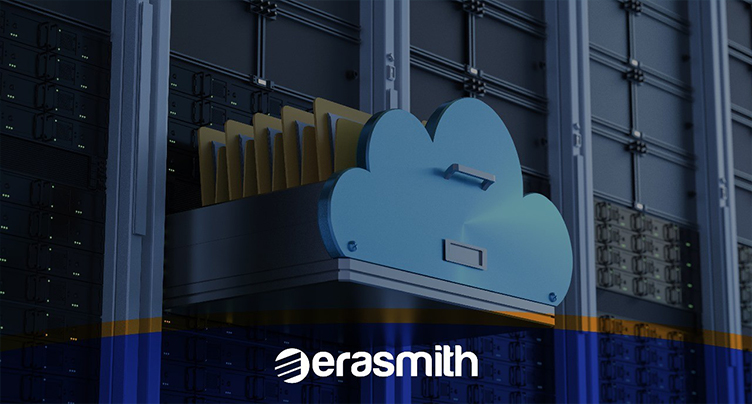The world is seeing an increasing migration from traditional legacy systems to cloud based systems. Vendors are mushrooming with their own offerings catering to the unique needs of diverse and global clientele. How then, as an IT Manager would you iron out the processes and operations while keeping security uncompromised? Threats and vulnerabilities applicable to cloud-based identity providers have a larger blast radius and the impact could be huge. It is also imperative to lessen reliance on a single cloud provider while maintaining flexibility and control.
Organizations are faced with the difficulty of managing user identities across all of their cloud systems as the use of numerous cloud environments grows. This requires an IAM solution that can support multiple cloud environments. A unified IAM solution will allow organizations to easily manage identities, control access, and enforce security policies across all the cloud systems. A secure cloud, with full tenant isolation, can ensure optimal performance, reduce the risk of inadvertent or malicious snooping also abide by regulatory compliance.
Addressing this situation is tricky. While switching to cloud-based identity providers makes financial sense for many organizations, in order to stay ahead of the curve, organizations may also need to keep an eye on the threat landscape.
- Zero Trust Architecture: Zero Trust has gained prominence as a security model, especially in multi-cloud environments. It emphasizes the principle of “never trust, always verify,”.
- Identity and Access Management (IAM) Integration: Organisations may centrally manage and enforce access restrictions across various cloud services by integrating Identity and Access Management (IAM) systems with multi-cloud environments. This involves streamlining user authentication through the use of single sign-on (SSO) systems.
- Cloud-Native Identity Solutions: Solutions for cloud-native identity are being created expressly to address the difficulties presented by multi-cloud systems.These solutions often leverage containerization and microservices to provide scalable and flexible identity services.
- Continuous Authentication: Continuous authentication mechanisms can work in tandem with traditional methods. This involves ongoing verification of a user’s identity based on various factors throughout their session, enhancing security in dynamic multi-cloud environments.
- Compliance and Regulatory Considerations: multi-cloud environments often span multiple regions and jurisdictions. It becomes imperative to focus on ensuring identity and access management practices to comply with evolving data protection regulations and industry-specific compliance requirements.
In our upcoming article, we will discuss the increasing role of Artificial Intelligence in the realm of Cybersecurity. With the advent of AI and MAchine Learning, the cybersecurity industry is facing challenges and opportunities alike. To stay ahead in the game, follow us and learn more on the latest developments.

Recent Comments